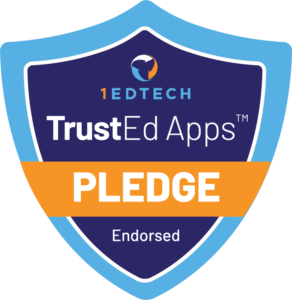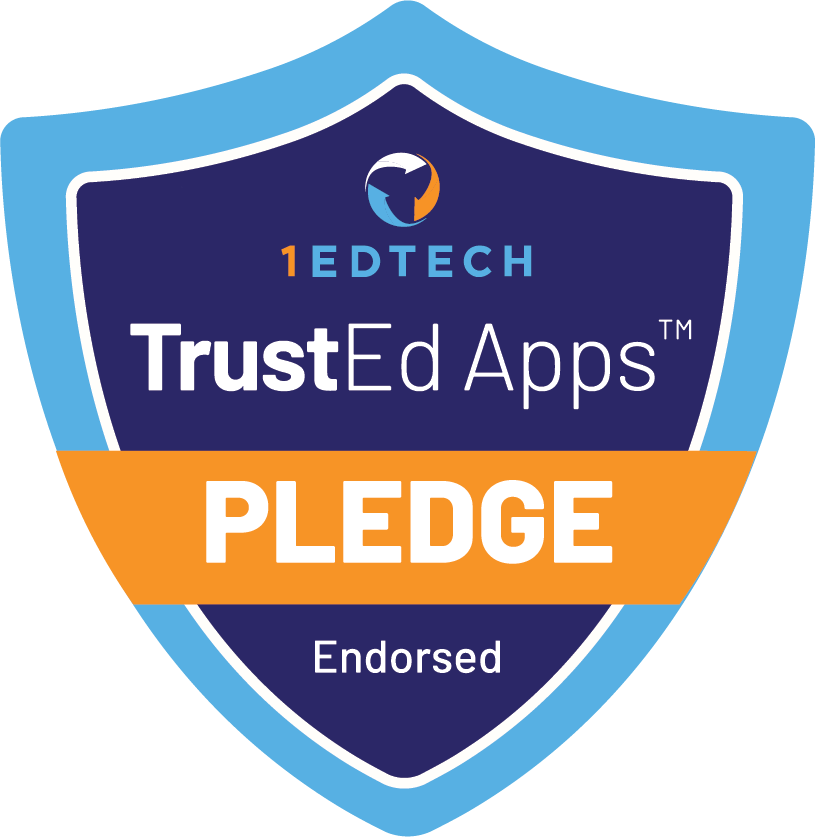Menu
Please select
Please select login type:
Start building
Success!
We'll be in touch shortly.
Meanwhile, check out our Training Programs. You'll find great resources there that can help you drive learning at your company.
Sign Up






